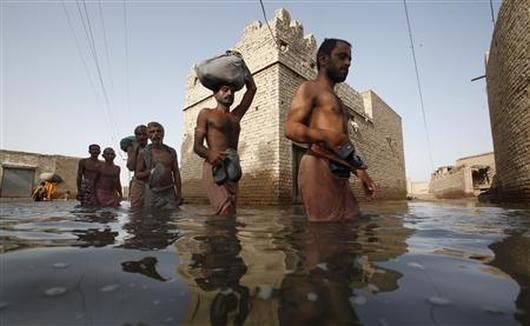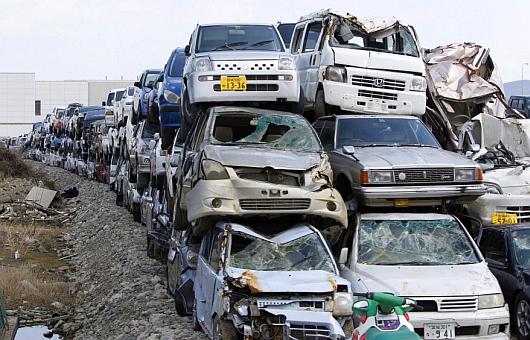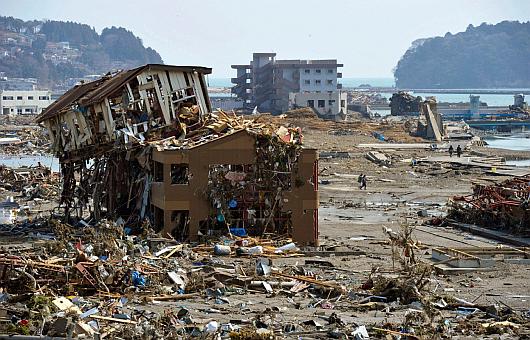 | « Back to article | Print this article |
How victims of catastrophe can get faster relief
India, Bangladesh and Sri Lanka faced an estimated total economic loss of Rs 1,517.1 crore (Rs 15.17 billion) in 2012 from natural disasters - including floods and Cyclone Nilam - according to Aon Benfield's Annual Global Climate and Catastrophe Report.
While these losses are lower than those experienced in the rest of the world, they may have to be borne by the insurance and reinsurance companies, because India has no catastrophe pool.
A catastrophe pool (or 'cat-pool' for short), similar to a terrorism pool, helps distribute the risk of such natural disasters evenly, thereby offering quicker relief to the victims. It also lowers the hit that individual insurers have to take on their books.
The concept was initially mooted by the finance ministry, and later backed by the general insurers.
It was envisioned that the pool would be created through premiums paid by citizens, supplemented by government funds.
Click NEXT to read more...
How victims of catastrophe can get faster relief
Over the past few quarters, general insurers have been devising a strategy for implementation of this cat-pool.
They recently presented a concept paper to the National Disaster Management Authority (NDMA) highlighting the need for a pool mechanism to deal with losses from catastrophic events.
However, insurers say that it will take a long time for the system to be formalised in India.
While both the General Insurance Council and the Insurance Regulatory and Development Authority (Irda) have made efforts to set up this pool, a formal notification giving guidance for its implementation has not yet been issued.
The outgoing Irda chairman, J Hari Narayan, had mentioned catastrophe insurance (and pool formation) as one of the unfinished agendas of his tenure.
Though insurers have made a representation to the NDMA on this front, company chief executives say that discussions are at an early stage.
Click NEXT to read more...
How victims of catastrophe can get faster relief
The pricing model for catastrophe insurance coupled with a pool structure is yet to be finalised.
Once catastrophe cover is mandated, insurers say, the premiums will have to be fixed. Also, there is uncertainty about whether this will be government-sponsored for people below the poverty line.
Reinsurance is also a critical issue that has dissuaded the industry from taking further steps in this direction.
The chief executive of a private general insurance firm explained that at least 60-65 per cent of the risks would have to be reinsured, to facilitate the provision of cover.
"Since the risks associated with this segment are very high and we do not have the pricing and pool mechanism in place, reinsurers are not very comfortable in taking a big exposure in this segment in India, at present," the official said.



